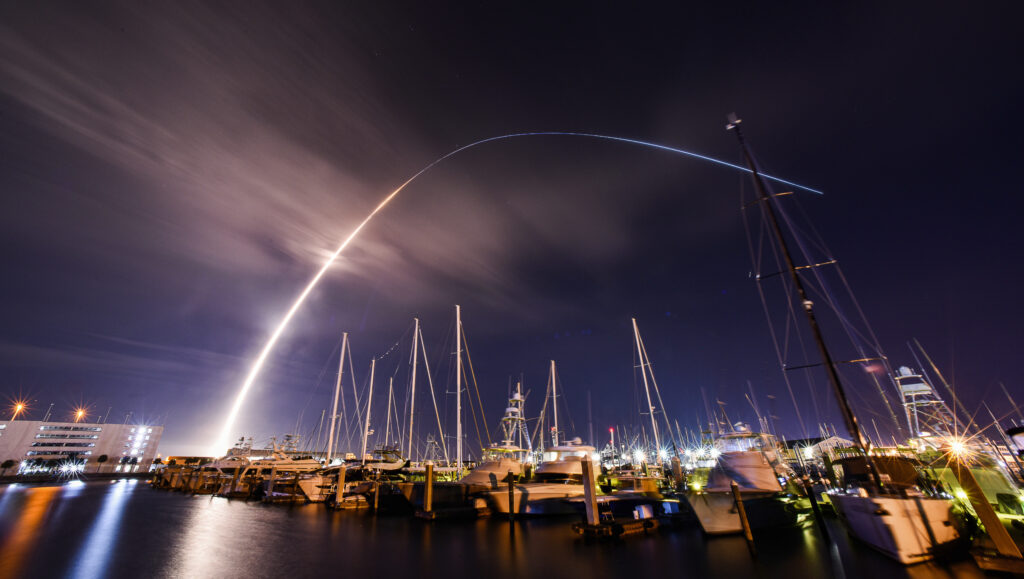
United Launch Alliance launches its next-generation Vulcan rocket on its maiden flight at 2:18 a.m. EST Monday Jan. 8, 2024, from Launch Complex 41 at Cape Canaveral Space Force Station in Florida. (Malcolm Denemark/Florida Today via AP)
The United Launch Alliance (ULA) is preparing to launch its first military mission using the new Vulcan rocket on August 12, 2023, from the Cape Canaveral Space Force Station in Florida. The mission, known as USSF-106, aims to deploy satellites into geosynchronous orbit, approximately 22,000 miles above the Earth. This milestone marks a significant advancement for ULA, a key provider for the U.S. Defense Department, which has been developing the Vulcan rocket since 2014.
The Vulcan rocket is set to replace ULA’s long-serving Atlas V rocket. After successfully completing two demonstration flights in 2022, it achieved military certification from the Space Force in March 2023. ULA and SpaceX are currently the only companies with rockets certified to conduct National Security Space Launch (NSSL) missions, following a competitive selection process.
Competition and Contract Awards
In 2020, SpaceX secured a 40% share of military launch missions scheduled to occur between fiscal years 2022 and 2027, while ULA retained 60%. More recently, in April 2023, the Space Force awarded contracts totaling $13.5 billion for missions set to take place from fiscal years 2027 to 2032. This includes $5.9 billion for SpaceX to conduct 28 missions, $5.3 billion for ULA to launch 19 missions, and $2.3 billion for newcomer Blue Origin to perform seven missions.
The USSF-106 mission has faced several delays, initially scheduled for launch in 2022. The satellites involved have been on hold for two years as the Vulcan rocket underwent development and testing. A key component of this mission is the Navigation Technology Satellite-3 (NTS-3), an experimental spacecraft designed by L3Harris. This satellite will test new technologies aimed at enhancing the Space Force’s GPS capabilities.
Innovative Technologies for Enhanced GPS
NTS-3 represents the first significant demonstration of positioning, navigation, and timing (PNT) technologies by the Air Force Research Laboratory in nearly 50 years. The satellite aims to explore a range of advanced features, including steerable beams for regional coverage and a reprogrammable payload that can receive updates while in orbit. It also focuses on developing measures to protect against signal jamming.
Once in orbit, the AFRL plans to evaluate NTS-3’s capabilities over a one-year period, assessing how new configurations could bolster the Space Force’s PNT capabilities. This could involve integrating these advanced technologies into the Space Force’s GPS IIIF satellites, manufactured by Lockheed Martin, which are approaching initial production.
Additionally, relevant innovations may be applied to other PNT initiatives, including the Resilient GPS program, aimed at augmenting the existing GPS infrastructure with a network of small, cost-effective satellites.
The upcoming launch signifies a pivotal moment for ULA and the Space Force, as both organizations continue to navigate the evolving landscape of military space operations. With the Vulcan rocket now certified and ready for its inaugural military mission, ULA is poised to play a key role in the future of national security space launches.






